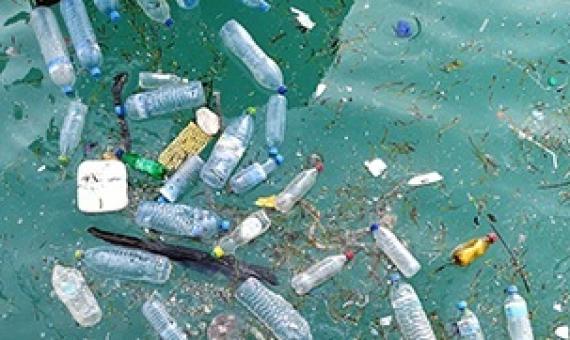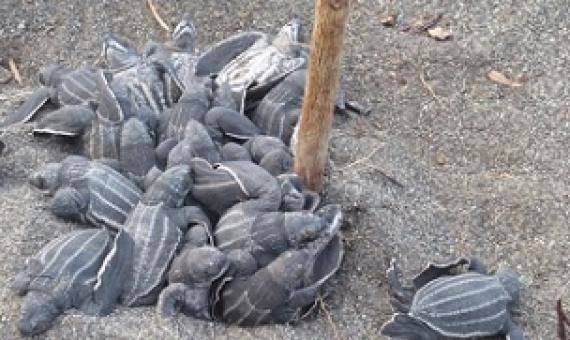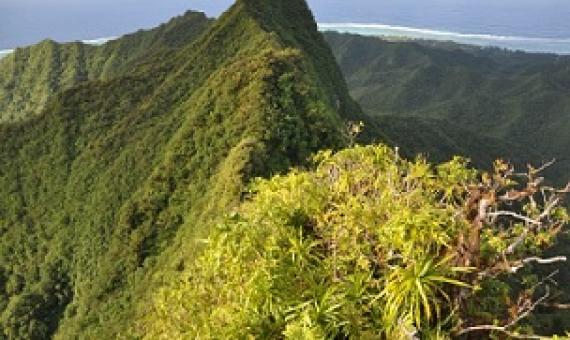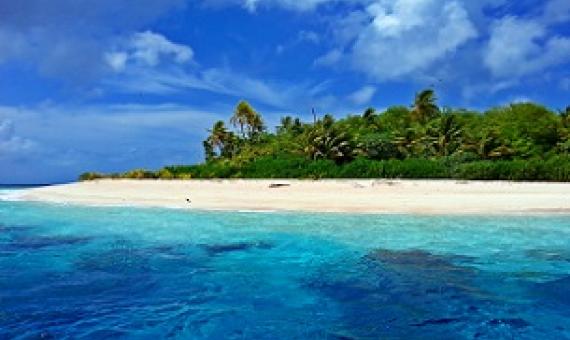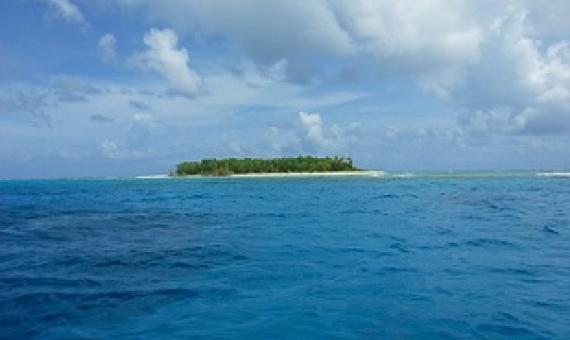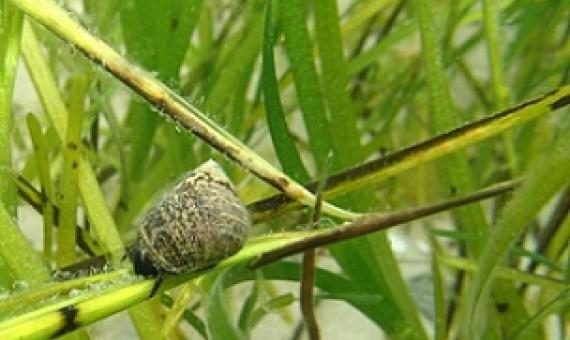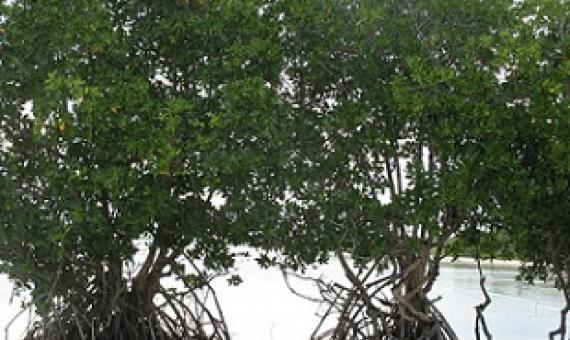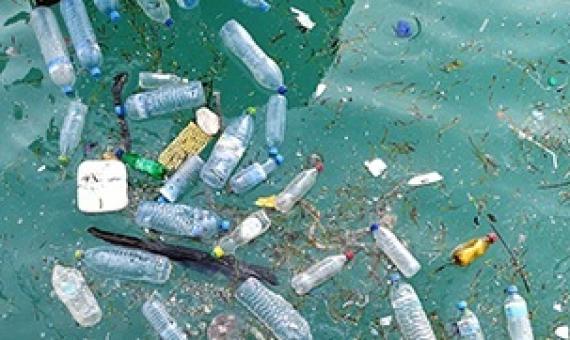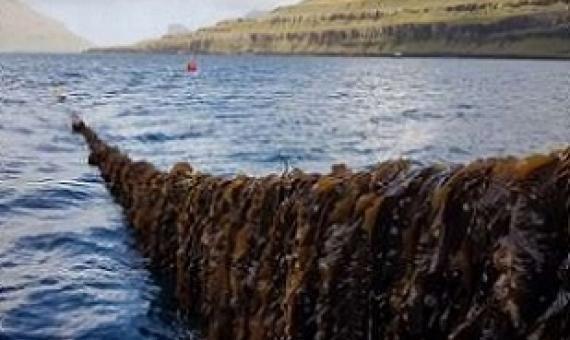The problem with plastic waste just got more complicated—and so did the effort to stanch its flow into the world’s oceans. Rivers are the primary conduits for plastic waste to the seas.
Marine biologists warn that the western Pacific leatherback could go extinct without immediate conservation measures and transnational cooperation. This subpopulation has decreased at a rate of 5.6% each year for an overall 80% decline over a 28-year period, according to a recent study.
Tropical cloud forests exist in 60 countries but account for less than a half of 1% of all land mass on Earth. Yet they are home to 15% of the world’s known species, researchers estimate.
Hundreds of years ago, Europeans were sailing the globe and “discovering” new parcels of land—and rats came along with them as stowaways. As crews made landfall on many islands, rats hopped off and made themselves new homes.
When humans arrive on an island they have an immediate and dramatic impact on the ecosystem, according to a new international study which included scientists from The Australian National University (ANU).
Islands are among the last regions on Earth settled and transformed by human activities, and they provide replicated model systems for analysis of how people affect ecological functions.
Mangroves and seagrasses grow in many places along the coasts of the world, and these 'blue forests' constitute an important environment for a large number of animals...However, the plant-covered coastal zones do not only attract animals but also microplastics, a new study sho
Nature-based Solutions (NbS) could support transformative change in environmental sustainability—to address major societal challenges, including the climate crisis—according to a new paper from Oxford researchers.
In an effort to fight the millions of tons of marine litter floating in the ocean, Florida State University researchers have developed a new virtual tool to track this debris.
It's easy to think that more nutrients—the stuff life needs to grow and thrive—would foster more vibrant ecosystems. Yet nutrient pollution has in fact wrought havoc on marine systems, contributing to harmful algae blooms, worse water quality and oxygen-poor dead zones.

